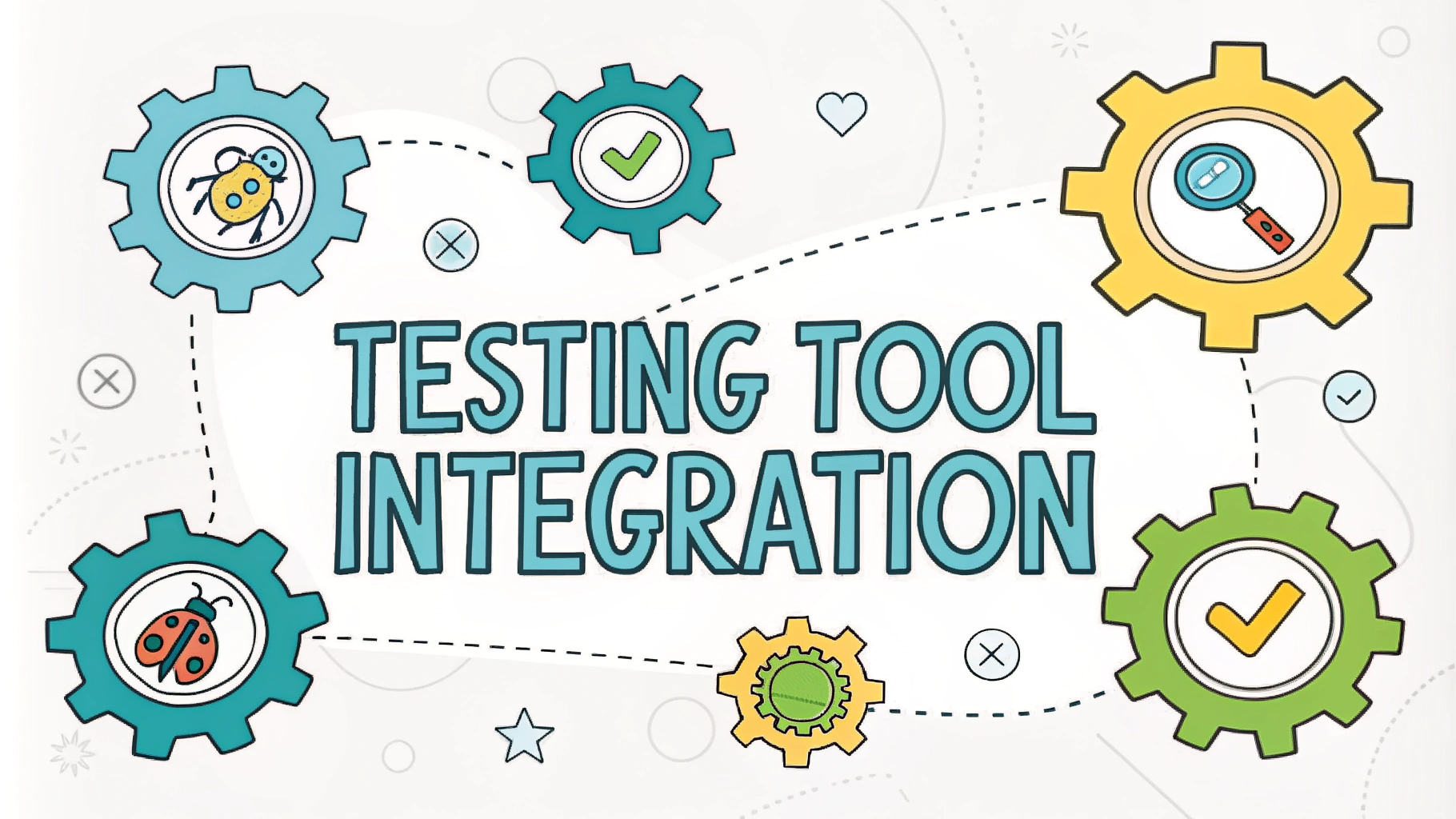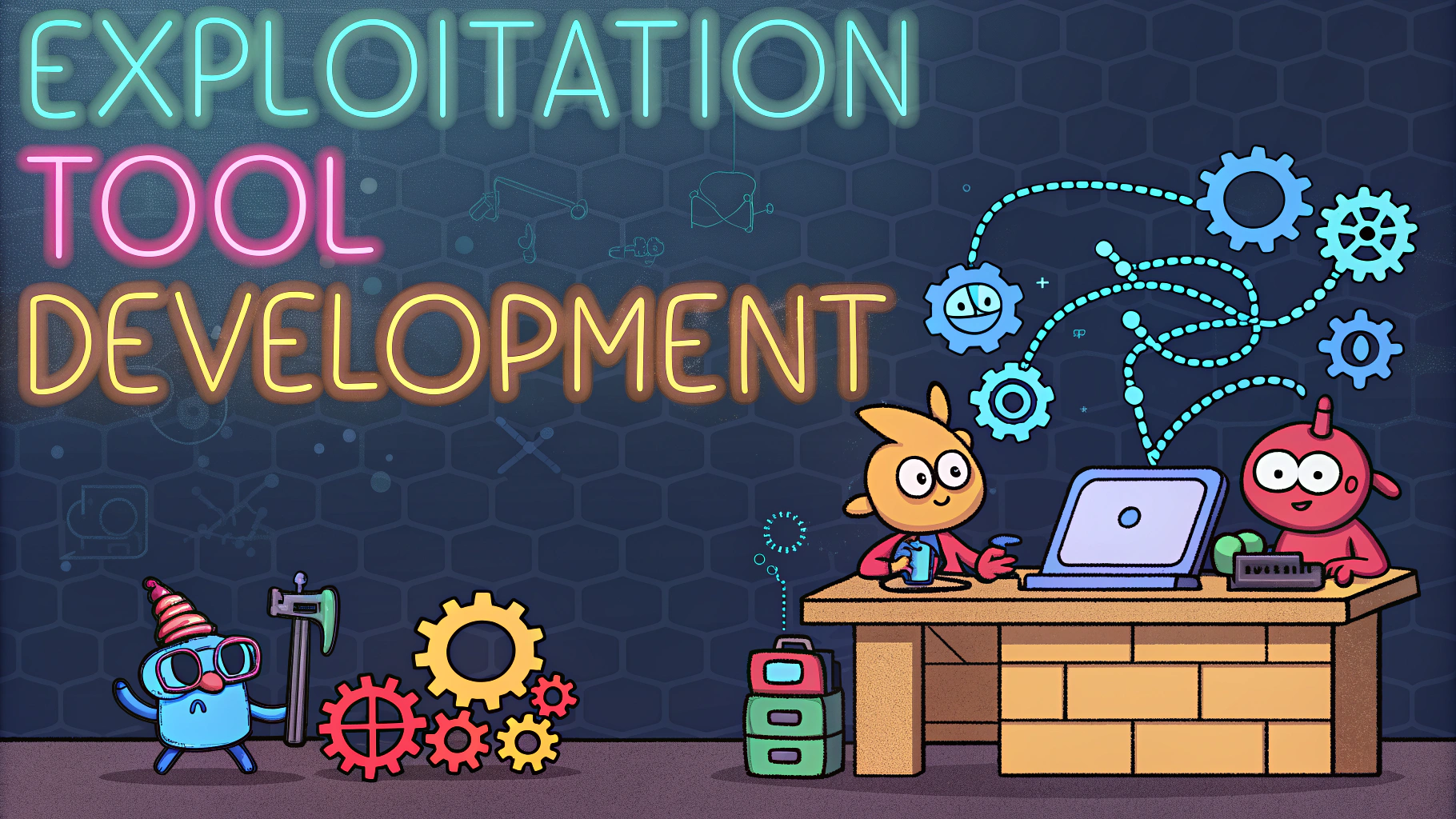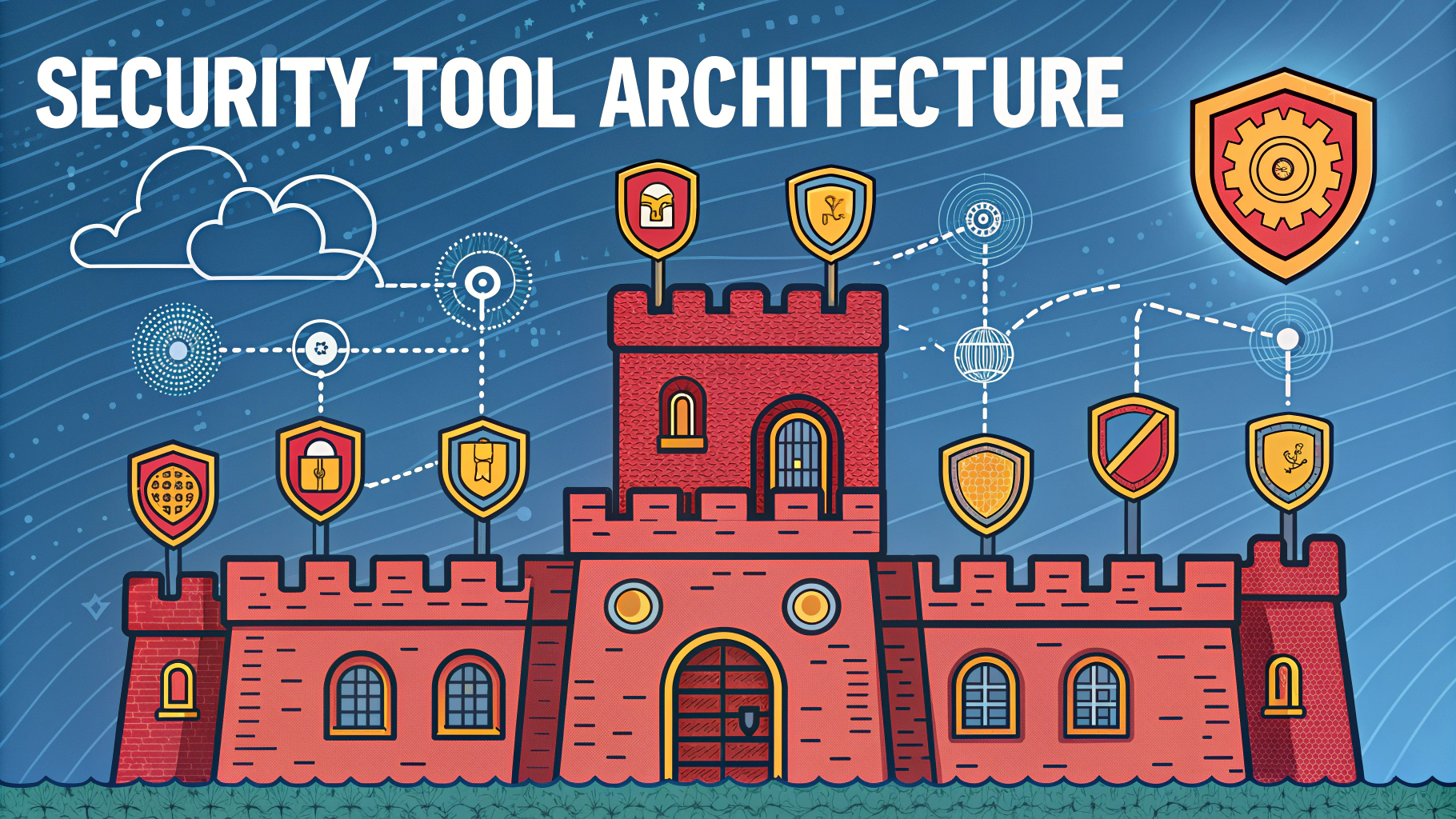Penetration testing tools require careful development to effectively identify security vulnerabilities in systems and networks.
Security professionals need specialized exploitation tools that can safely simulate real-world attacks without causing damage.
This guide covers key approaches for building ethical hacking tools while following responsible disclosure practices.
Core Components of Exploitation Tools
A well-designed exploitation tool typically includes modules for reconnaissance, vulnerability scanning, payload delivery, and reporting.
- Reconnaissance modules gather target information
- Vulnerability scanners detect potential weaknesses
- Payload generators create test exploits
- Logging systems document findings
- Reporting tools present results
Programming Languages for Tool Development
Python remains the most popular language for exploitation tool development due to its extensive security libraries and ease of use.
- Python – Rapid prototyping and extensive libraries
- C/C++ – Low-level system access
- Ruby – Web exploitation frameworks
- Go – Modern networking tools
- PowerShell – Windows-specific testing
Essential Libraries and Frameworks
- Scapy – Network packet manipulation
- Requests – HTTP interactions
- Paramiko – SSH protocol handling
- Impacket – Network protocols
- PyCrypto – Cryptographic operations
Best Practices for Tool Development
- Include safeguards to prevent accidental system damage
- Implement detailed logging mechanisms
- Add command-line switches for different operation modes
- Build in cleanup routines
- Document all tool functionality
Testing and Validation
Test exploitation tools thoroughly in isolated lab environments before deployment.
- Use virtual machines for testing
- Create detailed test cases
- Verify tool behavior under various conditions
- Document unexpected behavior
- Maintain separate development and testing environments
Legal and Ethical Considerations
Always obtain proper authorization before testing systems or networks.
- Review applicable laws and regulations
- Document scope and permissions
- Follow responsible disclosure guidelines
- Maintain client confidentiality
- Store sensitive data securely
Moving Forward with Tool Development
Join security research communities to stay updated on latest exploitation techniques and tool development practices.
Consider contributing to open-source security projects to improve your skills and help the community.
Keep detailed documentation of your development process and maintain regular updates to your tools.
Useful Resources
- Offensive Security – Training and certification
- GitHub Exploitation Resources – Open source tools
- OWASP – Security guidelines and tools
Maintaining and Updating Tools
Regular maintenance ensures exploitation tools remain effective and secure over time.
- Implement version control systems
- Track bug reports and feature requests
- Update dependencies regularly
- Monitor for security advisories
- Maintain backward compatibility
Collaboration and Community
Building relationships with other security researchers enhances tool development quality and reach.
- Share code improvements
- Participate in code reviews
- Attend security conferences
- Contribute to discussions
- Build on existing frameworks
Advanced Development Techniques
Performance Optimization
- Implement multi-threading for faster scans
- Optimize database queries
- Use efficient algorithms
- Minimize resource usage
- Cache frequent operations
Error Handling
- Implement robust exception handling
- Provide meaningful error messages
- Create recovery procedures
- Log error states
- Handle edge cases
Strengthening the Security Ecosystem
Professional tool development contributes to improving overall cybersecurity defenses and awareness.
- Share knowledge responsibly
- Support security education
- Foster ethical hacking practices
- Promote security awareness
- Build safer systems together
FAQs
- What is exploitation tool development in penetration testing?
The process of creating custom software tools and scripts designed to identify, test, and exploit vulnerabilities in computer systems, networks, and applications for security assessment purposes. - What programming languages are commonly used in exploitation tool development?
Python, C/C++, Ruby, PowerShell, and Assembly are the most frequently used languages, with Python being particularly popular due to its extensive security libraries and ease of use. - What are the essential components of an exploitation tool?
Payload generation, exploit delivery mechanism, target identification/enumeration capabilities, error handling, and cleanup routines are core components of most exploitation tools. - How does exploitation tool development differ from malware development?
Exploitation tools are developed for authorized security testing with defined scope and documentation, while malware is created for malicious purposes. Exploitation tools include safety measures and cleanup procedures. - What frameworks are commonly used in exploitation tool development?
Metasploit Framework, PowerSploit, Empire, and Immunity CANVAS are popular frameworks that provide libraries and modules for developing exploitation tools. - What are the legal considerations in exploitation tool development?
Developers must ensure compliance with computer misuse laws, obtain proper authorization, maintain documentation, and follow responsible disclosure practices when developing and using exploitation tools. - How important is OPSEC in exploitation tool development?
Operations Security (OPSEC) is crucial to prevent tool detection by security systems, avoid unintended damage, and ensure tools can’t be repurposed for malicious use if discovered. - What debugging and testing practices are essential for exploitation tools?
Extensive testing in isolated environments, input validation, error handling, logging capabilities, and version control are critical practices in exploitation tool development. - How do you ensure exploitation tools remain undetected by security solutions?
Techniques include code obfuscation, avoiding known malicious signatures, implementing sleep timers, using encrypted communications, and employing anti-debugging measures. - What role do exploit databases play in tool development?
Exploit databases like Exploit-DB and Rapid7 DB provide reference implementations, vulnerability information, and proof-of-concept code that aids in tool development.







